OVERVIEW
Ban Chiang made news in 2008 when a 5-year undercover investigation culminated in raids on four southern California museums and a private collector in Chicago to recover looted artifacts.
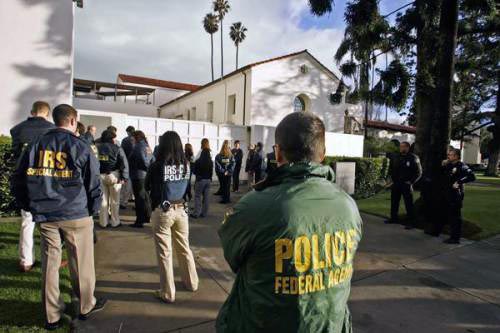
The government case initially focused on Armand Labbé, the curator for the Bowers Museum when the probe began, though he died before the raids, and Robert Olson, who allegedly illegally exported artifacts from Thailand and then sold these to collectors, including undercover agent “Tom Hoyt,” and then arranging for pieces to be donated to museums at inflated appraisals for tax write-offs. Another focus of the investigation, Jonathan and Carolyn Markell, were the owners of the Silk Roads Gallery, one of the sites raided by federal agents. The two were accused of illegal purchasing and selling of Thai and other Southeast Asian artifacts. Initially an informant in the case, Roxanna Brown was later accused of knowingly giving her signature to the inflated appraisals for Thai artifacts. Her death in custody became the product of a subsequent investigation against the government and an eventual settlement with the family.

Though there was little movement in the case after the initial raids, the operation eventually resulted in several court cases and an almost unprecedented eighteen months of jail time for Jonathan Markell. Dr. Joyce White assisted the U.S. government as an expert witness starting in 2005 and identified more than 10,000 objects as belonging to the Ban Chiang and related prehistoric cultures. She provided expert testimony on the damage of looting and smuggling on the archaeological record during trials. She is slated to win an award from the U.S. Justice Department for her work on the case. Though efforts are still ongoing, the investigation and settlements have led to some of the smuggled objects being repatriated to Thailand.
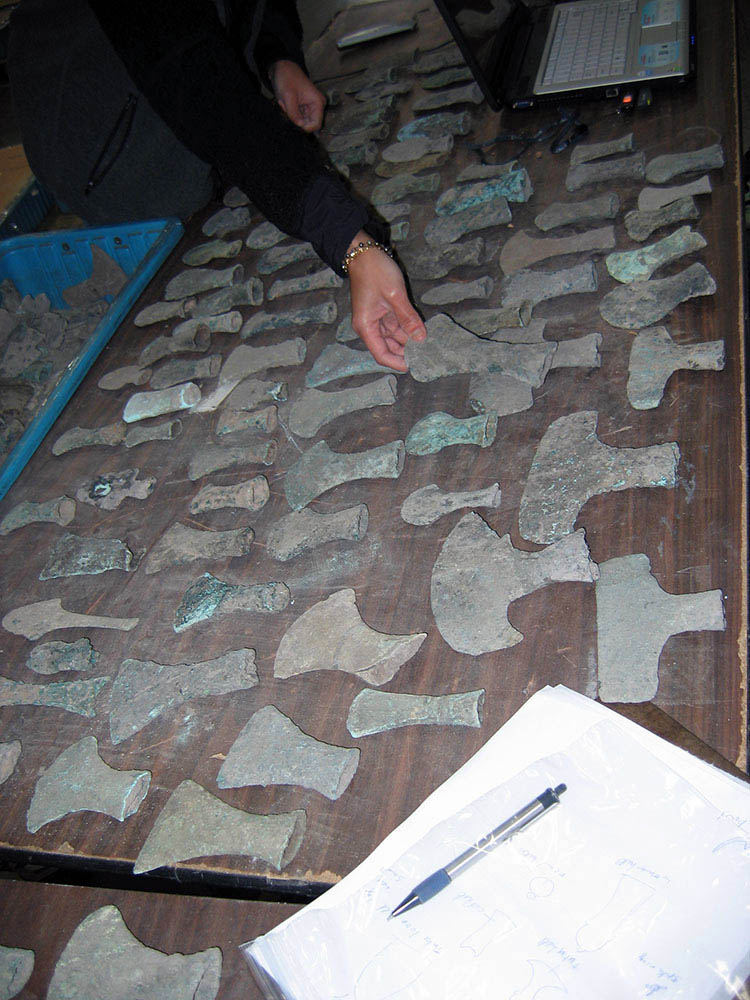
The case itself has reached widespread importance for its use of the U.S. National Stolen Property Act and Thai exportation laws to declare the imported goods as smuggled. Though the use of the law is controversial, the case came soon after a prominent case of U.S. museums illegally purchasing Roman artifacts that were eventually repatriated to Italy. The Ban Chiang case was key for its focus on a non-Western set of artifacts and the subsequent attempts to have the artifacts returned to Thailand. Within the archaeological community, Ban Chiang is an important example of the damages of looting after the site was functionally destroyed due to looting for sale on the black market. Shortly after the raids, the Association of Art Museum Directors released revised guidelines to the acquisition of archaeological artifacts, emphasizing detailed provenances that safely date the artifact as removed from its original country before 1970 or detailing clearly its legal exportation after this date. The revised guidelines indirectly acknowledged the role that museums play in fueling looting and smuggling of artifacts, and the association set down stricter guidelines to curb this tendency. Ultimately, the case has had both legal and archaeological significance beyond merely the destruction of one important site and attempts to have the artifacts returned following U.S. court cases. The Operation Antiquity case is an example of a massive system that encompasses looting and destruction of archaeological sites, international smuggling, and tax fraud perpetrated and supported by not just smugglers but also reputable museums that have not sufficiently checked the provenance of their acquisitions, whether knowingly or unknowingly.
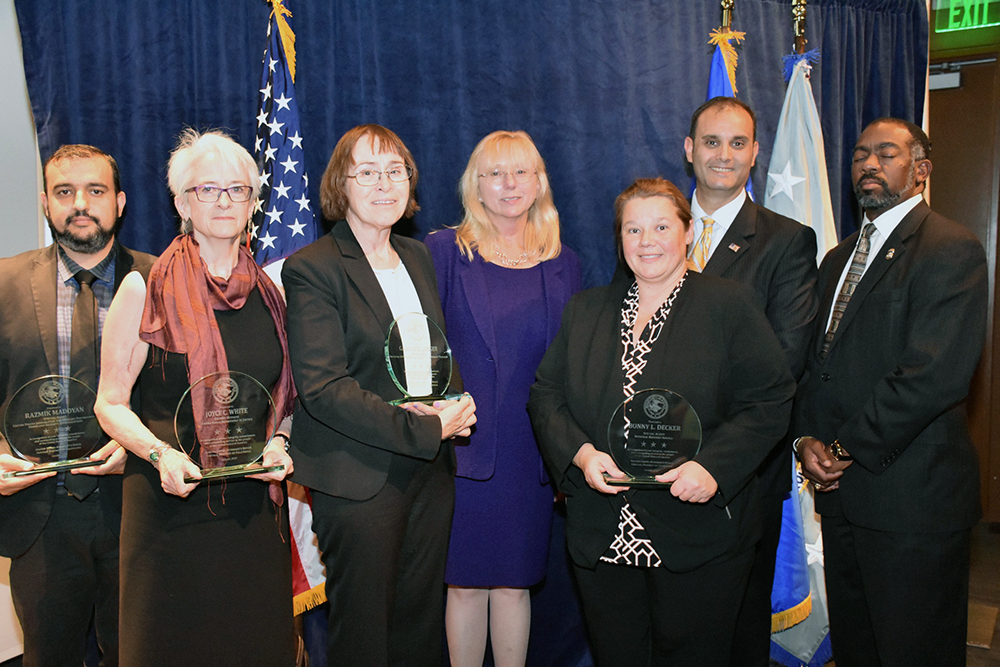
The investigative team for Operation Antiquity (OA) received an award at the Fifteenth Annual Law Enforcement Award ceremony of the United States Attorney’s Office Central District of California in Los Angeles, October 21, 2016. Joseph O. Johns, Chief of the Environmental and Community Safety Crimes Section of the US Attorney’s Office for the Central District of California, stated that the “complex, international undercover investigation headed by these outstanding individuals determined that the… Markells (two of the OA defendents) were illegally importing and selling ancient, archeological resources from China, Thailand, Burma, and Cambodia. Amongst the sites ravaged by the… criminal activity was Ban Chiang, Thailand, a United Nations World Heritage Site dating back to the Bronze Age… The Markells were convicted of tax fraud and smuggling conspiracies and ordered to repatriate hundreds of looted artifacts. Jonathan Markell was sentenced to 18 months in prison.” Johns furthermore said regarding Joyce White’s role, “Typically, expert witnesses are not recognized—but then again, you were not the typical expert witness. Your experience, expertise, and advice were woven by… the agent team into the very fabric of the investigation.”
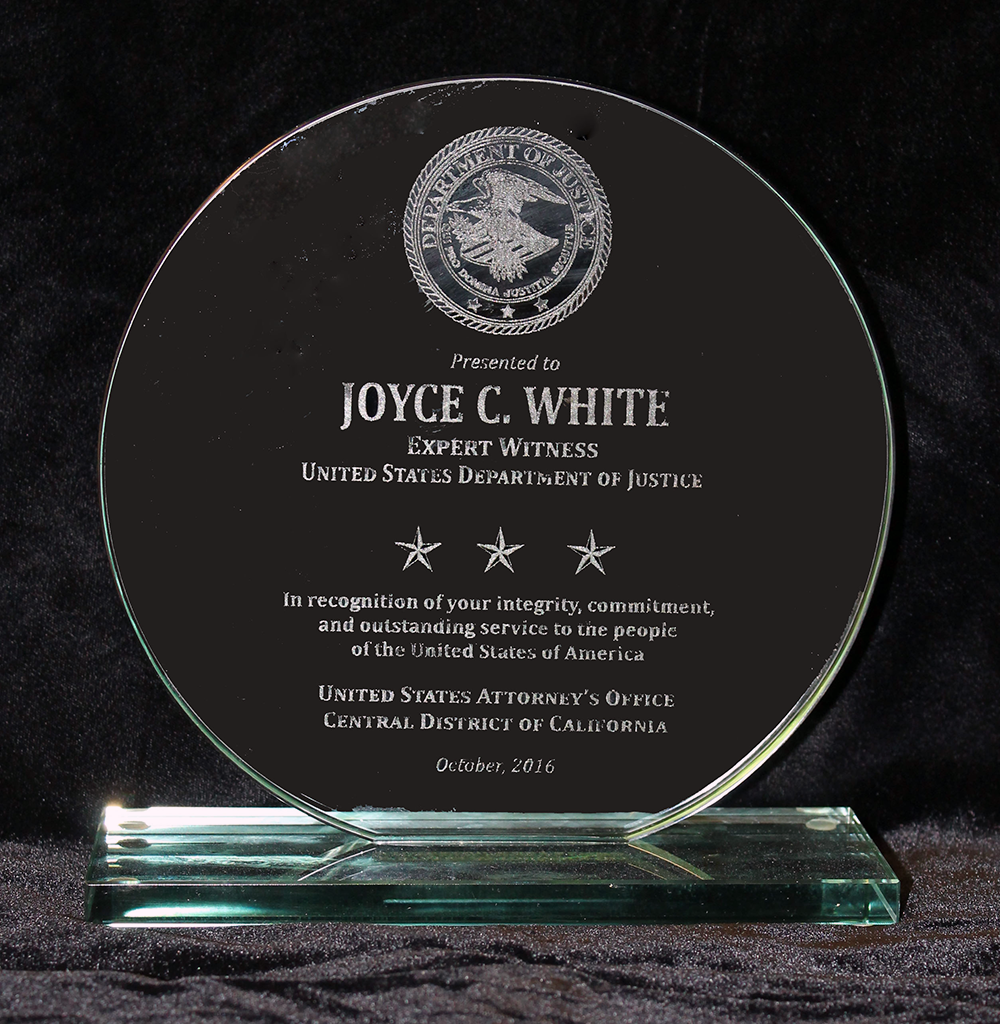
OPERATION ANTIQUITY
PRESS

U.S. Coverage
Initial Investigation and Raids
Felch, Jason. “Raids Suggest a Deeper Network of Looted Art.” Los Angeles Times. January 28, 2008.
—Initial report of the raids, including details of the donation/tax-write-off schemes run by smugglers and the undercover operation, how museums were implicated, and the Thai and U.S. laws making the artifacts illegally imported.
Manolatos, Tony and Jeanette Steele. “Mingei Museum Raided in Art-Smuggling Probe.” Union-Tribute San Diego. January 25, 2008.
—Local press coverage of the raid on the Mingei Museum as part of the Operation Antiquity raids that focused on four southern California museums.
Wyatt, Edward. “An Investigation Focuses on Antiquities Dealer.” New York Times. January 31, 2008.
—National article focusing on the raids surrounding Robert Olson, the alleged leader of a smuggling ring implicated in illegal importing of Thai artifacts.
Broddie, Neil. “Southern California Museum Raids (2008).” Trafficking Culture. August 20, 2012.
—Article detailing the tax scheme allegedly run by Robert Olson and associates, including the purchases of smuggled artifacts by “Tom Hoyt,” an undercover agent, and their appraisals for inflated tax-write-offs.
Expansion of Probe to Chicago
Felch, Jason and Mike Boehm. “Federal Probe of Stolen Art Goes National.” Los Angeles Times. January 29, 2008.
—Report on the expansion of case beyond Southern California to Chicago collector Barry MacLean, a customer of alleged smuggler Robert Olson.
Wyatt, Edward. “Papers Show Wider Focus in Inquiry of Artifacts.” New York Times. January 30, 2006.
—Article on the expansion of the Operation Antiquity investigation beyond the Southern California museums to include a Chicago collector who was a customer of alleged smuggler Olson.
Archaeological and Legal Issues
Finkel, Jori. “Thai Antiquities, Resting Uneasily.” New York Times. February 17, 2008.
—Broader implications under U.S. and Thai laws that were used to declare the objects illegally imported.
Wald, Matthew L. “Tax Scheme Is Blamed for Damage to Artifacts.” New York Times. February 4, 2008.
—Details how the looting damages the archaeological record, with additional information about widespread tax fraud by overvaluing donations and the importance of case as non-classical antiquities.
St. Hilaire, Rick. “The Museum Raids Cases Revisited: Recalling the Southeast Asian Artifacts Seized and the Dealers Indicted.” Cultural Heritage Lawyer. May 8, 2014.
—Lawyer’s perspective on the case given the unsealed criminal indictments focusing on Jonathan Markell and Robert Olson.
St. Hilaire, Rick. “Museum Raids Cases: Rare Antiquities. Rare Convictions for Gallery Owners. Rare Prison Sentence. ” Cultural Heritage Lawyer. December 17, 2015.
—A lawyer’s in-depth commentary on the rare jail time for convicted smuggler Jonathan Markell for both the tax fraud and trafficking of illegally excavated and imported archaeological material and its significance for cultural heritage laws and their enforcement.
Repatriation and Outcomes
Bennett, Kelly. “A Surprise Museum Raid, Then…Silence.” Voice of San Diego. July 10, 2011.
—Report exploring the fate of artifacts seized in the Mingei International Museum three years earlier and the general lack of progress on the case since the raids.
Felch, Jason. “Stolen-Artifacts Case Has Cost Much, Yielded Little.” Los Angeles Times. May 18, 2013.
—Criticism of lack of movement on the cases five years after the raids.
Felch, Jason. “SCOOP: Bowers Museum Will Return 500+ Thai Antiquities Seized During 2008 Raids.” Chasing Aphrodite. June 10, 2014.
—Follow-up to initial raids reporting on over 500 artifacts to be returned from Bowers.
“Update: Justice Continues to Be Served After ‘Operation Antiquity.’” National Park Service Investigative Services. December 14, 2015.
—Announcement by the National Park Service that Jonathan and Cari Markell have pleaded guilty to charges brought against them after the museum raids.
“Dealers Convicted in Antiquities Case; Jonathan Markell Sentenced to Prison Term.” Committee for Cultural Policy. December 25, 2015.
—Reports the outcomes of the cases against the Markells, including jail time for Jonathan Markell.
European Coverage
Murr, Andrew. “Inside the Art Museum Scandal.” Newsweek, Europe. January 24, 2008.
—Article describing the Southern California Museum Raids for European readers.
Thai Coverage
Tan, Noel. “Ban Chiang Artefacts Return to Thailand.” The Southeast Asian Archaeology Newsblog. November 24, 2014.
Phatarawadee Phataranawik The. “Heritage Comes Home.” The Nation. November 24, 2014.
“Ancient Artefacts Back Where They Belong.” Bangkok Post. October 26, 2014.
“Thailand Reclaims Smuggled Artefacts From California Museum.” The Hindu. September 2, 2014.
—Reports on the over 500 artifacts being repatriated to Thailand from the Bowers Museum.
OPERATION ANTIQUITY
PEOPLE
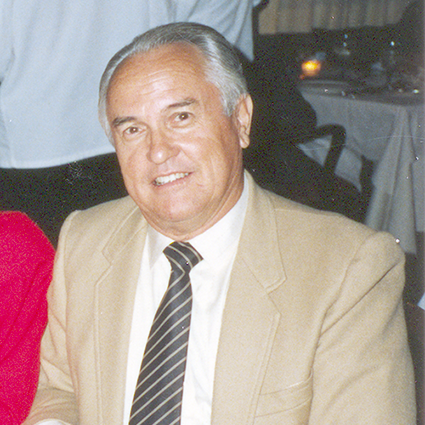
ROBERT OLSON
Felch, Jason. “Intrigue But No Glamour for Smuggling Case Figure.” Los Angeles Times. January 31. 2008.
—A brief profile of Robert Olson, the man accused of smuggling in the Operation Antiquities investigation.

ROXANNA BROWN
Felch, Jason. “Her Career Revived, Scholar Turns Tipster.” Los Angeles Times. September 12, 2008.
Felch, Jason. “Once an Aid in a Federal Probe, Antiquities Scholar Becomes a Key Target.” Los Angeles Times. September 13, 2008.
—Parts 2 and 3 of a story looking specifically at Roxanna Brown’s involvement in the case, first as an informant and later as a defendant before her death in custody and the subsequent dropping of charges.
Felch, Jason. “U.S. Settles with Family of Southeast Asian Scholar.” Los Angeles Times. July 8, 2009.
—A follow-up on Roxanna Brown, including the settlement with the family and the impact of her death on the investigation.
OPERATION ANTIQUITY
COURT DOCUMENTS
Affidavits
Affidavit for Mingei Search Warrant An affidavit from a special agent justifying the request for a search warrant for the Mingei Museum.
Affidavit for Bowers Search Warrant An affidavit from a special agent justifying the request for a search warrant for the Bowers Museum.
Affidavit for Pacific Asia Museum Search Warrant An affidavit from a special agent justifying the request for a search warrant for the PAM.
Affidavit for Olson Search Warrant An affidavit from a special agent justifying the request for a search warrant for the residence and business premises of Robert Olson.
Search Warrants
Markell Search Warrant Official warrant served at the Markells’ residence and Silk Roads Gallery including an inventory of all artifacts seized.
Mingei Search Warrant Search warrant stating the evidence justifying the warrant and the procedure to be followed in its execution.
Indictments
Olson and Pettibone Indictment Document detailing the laws under which the defendants are being charged and the means by which they committed criminal behavior.
Declarations
Declaration Expert testimony to the court authenticating objects recovered in the raids and explaining the damage inflicted by the smuggling operation.
Request for Sentencing
Government Sentencing Document submitted by United States Attorney arguing for a sentence involving jail time for Jonathan Markell and the repatriation of artifacts by both Markells, including a list of the artifacts found in the raids to be repatriated.
Resolutions
Malter Case Resolution Including the plea, fines, community service, and probation.
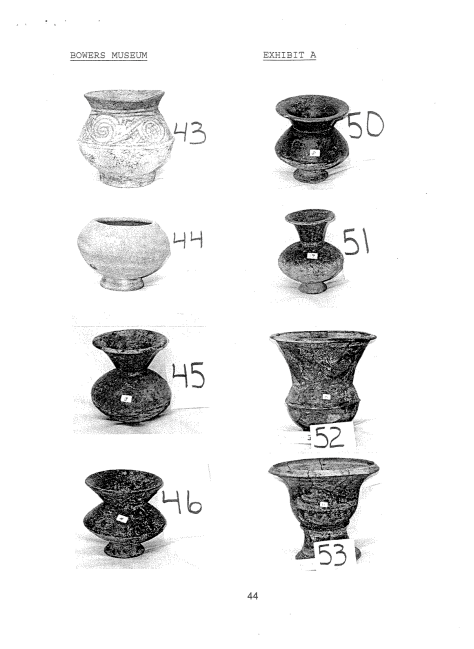
OPERATION ANTIQUITY
SCHOLARSHIP
Legal
Adler, Andrew. “An Unintended and Absurd Expansion: The Application of the Archaeological Resources Protection Act to Foreign Lands.” New Mexico Law Review 38 (2008): 133-158.
—A criticism of the expansion of the ARPA law to foreign lands, including commentary on the use of the law in prosecuting cases from Operation Antiquity.
Meena, Thomas. “Night at the Museum: The Value of Cultural Property and Resolving the Moral and Legal Problems of the Illicit International Art Trade.” Loyola of Los Angeles International and Comparative Law Review 31 (2009): 581-614.
—An examination of the legal problems and solutions surrounding the illegal international artifact trade, including mentions of the museum raids.
Urice, Stephen K. “Between Rocks and Hard Places: Unprovenanced Antiquities and the National Stolen Property Act.” New Mexico Law Review 40 (2010): 123-161.
—The legal importance for the illicit artifacts trade of the outcome of the Operation Antiquity cases under the National Stolen Property Act.
Archaeological
Gorman, Chester F. “The Pillaging of Ban Chiang: Artifacts from a site in Thailand feed the illicit world trade in antiques.” Early Man (1982): 28-34.
Gorman, Chester F. “A Case History: Ban Chiang.” Art Research News (1982): 10-13.
—Early articles by Chester Gorman on looting at Ban Chiang.
Financial
Yates, Donna “Museums, collectors, and value manipulation: tax fraud through donation of antiquities.” Journal of Financial Crime, Vol. 23 Iss: 1, pp.173-186.
—Article examining two case studies demonstrating the tax scheme of donating antiquities to museums for overvalued tax write-offs.
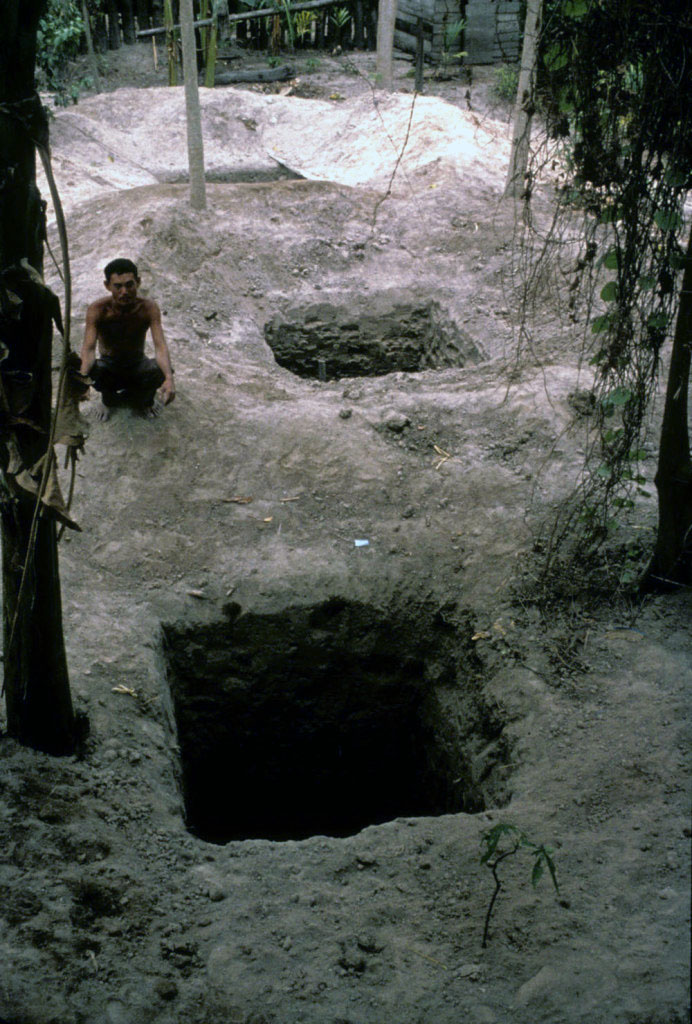
OPERATION ANTIQUITY
TAKEAWAYS
Operation Antiquity by the Numbers
- 5 years undercover operation (2003-2008) by National Park Service Agent, with participation by Immigration and Customs Enforcement and Internal Revenue Service
- 150 pages of warrants filed for raids on January 24, 2008
- 12 places raided January 24, 2008: 5 museums, 2 private residences, 2 warehouses, 3 galleries
- 500+ Law Enforcement Officers engaged in January 24 raids
- 5 museums implicated: 4 public museums in southern California: Bowers Museum (Santa Ana), Pacific Asia Museum (Pasadena), Mingei International Museum (San Diego), Los Angeles County Museum of Art; 1 private Museum housing the collection of Barry MacLean in a Chicago suburb
- 10,000+ artifacts authenticated by expert witness, Joyce White
- 7 people indicted: (Jonathan and Carolyn Markell, Robert Olson, Marc Pettibone, Michael Malter, Robert Perez, Roxanna Brown)
- court ordered fines: $25,000 (the Markells); $10,000 (Perez); $10,000 (Malter)
- 4 felony convictions: Perez, Malter, the Markels
- 18 months in prison: Jonathan Markell
- 500+ artifacts returned to Thailand from Bowers Museum as a result of a non-prosecution agreement with the U.S. Attorney’s Office in Los Angeles, Mingei has also returned more than 50 objects
- Tens to hundreds of million of dollars estimated archaeological damage based on calculations of costs to have scientifically excavated, studied and published the Thai artifacts seized in Operation Antiquity
The archaeologist’s perspective
- one of the key parts of archaeology is the examination of artifacts in situ, which provides information not only about the objects but about the people who once interacted with them
- looting destroys this record by removing artifacts from their context without the proper documentation
- this represents a massive loss to the archaeological and the present human communities
- when scientifically and professionally excavated, archaeological sites provide information on human history and a resource for sustainable financial development of the communities near to where the discoveries were made
- economic development comes from tourism and associated activities and commercial enterprises in communities with site museums and exhibits, providing opportunities for local entrepreneurs
- looting destroys this opportunity for financial development in the source communities
- the Operation Antiquity case is one example of a massive international system that encompasses looting and destruction of archaeological sites, smuggling, and tax fraud perpetrated and supported by not just smugglers but also by reputable museums that do not sufficiently check the provenance and legality of their acquisitions, whether knowingly or unknowingly
Additional Outcomes of Operation Antiquity
- Issuance on June 4, 2008 of new guidelines for acquisition of archaeological materials and ancient art by Association of Art Museum Directors
- Cases regarding museums other than the Bowers and Mingei have yet to be resolved
- The case against the main smuggler, now an elderly man, has been continued numerous times and remains unresolved
- The U.S. Attorneys chose not to pursue a case against MacLean, the Chicago-area collector, and his collection has been returned to him
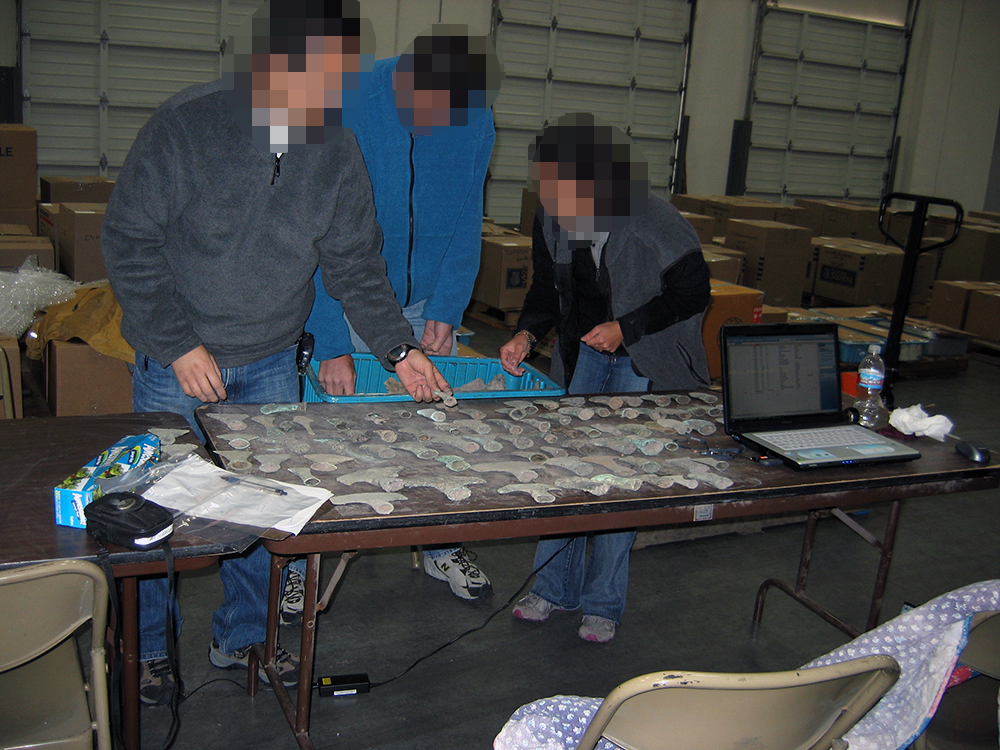
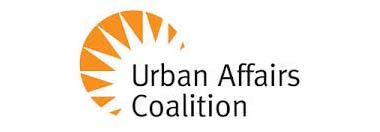
ISEAA is a program partner of the Urban Affairs Coalition (UAC), a nonprofit 501c3 entity. UAC administers funds raised by ISEAA, thus freeing us to focus on research and publication.

